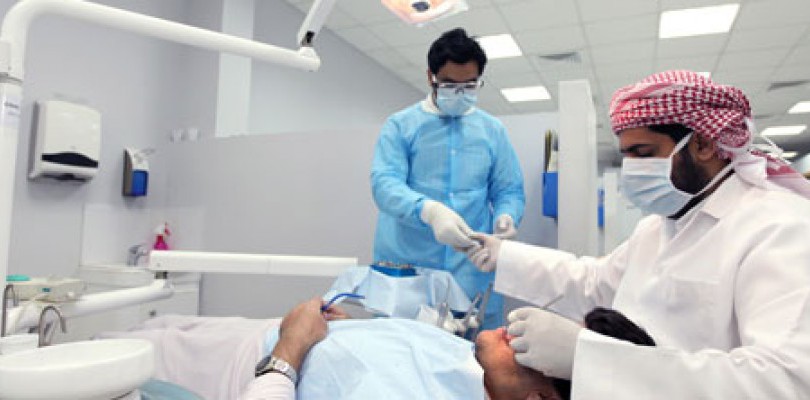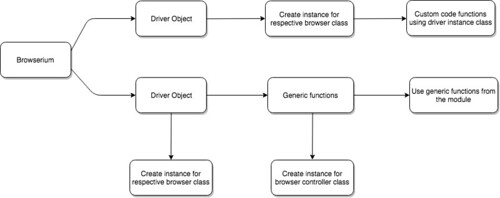My first attempt with Kinect Code Laboratories drivers. I use them in combination with XNA to display the reconstruction using spheres. The resolution is bad, because I use one pixel upon ten. CL Eye Platform Packs provide software packages optimized for multi-camera solutions in research and commercial projects. Included is a device management utility and a redistributable library for deployment, also commercial members have access to our support team to help with system integration.
Laboratories

Overview
OSHA's COVID-19 Safety and Health Topics page provides specific information about protecting workers from coronavirus during the ongoing outbreak.
- Laboratory Safety Guidance. OSHA Booklet.
- Laboratory Safety – OSHA Laboratory Standard. OSHA Fact Sheet.
- Laboratory Safety – Chemical Hygiene Plan. OSHA Fact Sheet.
- Laboratory Safety – Labeling and Transfer of Chemicals. OSHA QuickFacts.
- Laboratory Safety – Chemical Fume Hoods. OSHA QuickFacts.
Chemical Hazards
- Laboratory Safety – Chemical Fume Hoods. OSHA QuickFacts.
- Illicit Drug Tool-Kit for First Responders. U.S. Department of Health and Human Services, Centers for Disease Control and Prevention, National Institute for Occupational Safety and Health.
Biological Hazards
- Laboratory Safety – Working with Small Animals. OSHA QuickFacts.
- Laboratory Safety – Biosafety Cabinets (BSCs). OSHA Fact Sheet.
Physical Hazards
- Laboratory Safety – Noise. OSHA Fact Sheet.
- Laboratory Safety – Ergonomics for the Prevention of Musculoskeletal Disorders in Laboratories. OSHA Fact Sheet.
Safety Hazards
- Laboratory Safety – Autoclaves /Sterilizers. OSHA QuickFacts.
- Laboratory Safety – Centrifuges. OSHA QuickFacts.
- Laboratory Safety – Cryogens and Dry Ice. OSHA QuickFacts.
- Laboratory Safety – Electrical Hazards. OSHA QuickFacts.
Other Hazards
- Laboratory Safety – Latex Allergy. OSHA QuickFacts.
More than 500,000 workers are employed in laboratories in the U.S. The laboratory environment can be a hazardous place to work. Laboratory workers are exposed to numerous potential hazards including chemical, biological, physical and radioactive hazards, as well as musculoskeletal stresses. Laboratory safety is governed by numerous local, state and federal regulations. Over the years, OSHA has promulgated rules and published guidance to make laboratories increasingly safe for personnel.
OSHA has developed this webpage to provide workers and employers useful, up-to-date information on laboratory safety. For other valuable worker protection information, such as Workers' Rights, Employer Responsibilities and other services OSHA offers, read OSHA's Workers page.
In addition to information on OSHA standards and guidance that deal with laboratory hazards, other links are provided with information from other governmental and non-governmental agencies that deal with various aspects of laboratory safety.
Drivers Code Laboratories Inc
Although the OSHA standards referenced on this web page deal specifically with laboratories within the jurisdiction of Federal OSHA, there are twenty-eight OSHA-approved state plans, operating state-wide occupational safety and health programs. State Plans are required to have standard and enforcement programs that are at least as effective as OSHA's and may have different or more stringent requirements. Contact your local or state OSHA office for further information. Additional information is on available on the OSHA-approved state plans page.
Standards
There are several specific OSHA standards that apply to laboratories as well as other OSHA standards that apply to various aspects of laboratory activities. The Occupational Exposure to Hazardous Chemicals in Laboratories standard (29 CFR 1910.1450) was created specifically for non-production laboratories. Additional OSHA standards provide rules that protect workers in laboratories from chemical hazards as well as biological, physical and safety hazards. For hazards that are not covered by a specific OSHA standard, OSHA often provides guidance on protecting workers from these hazards.
Culture of Safety

With the promulgation of the Occupational Safety and Health Administration (OSHA) Laboratory standard (29 CFR 1910.1450), a culture of safety consciousness, accountability, organization, and education has developed in industrial, governmental, and academic laboratories. Safety and training programs have been implemented to monitor the handling of chemicals from ordering to disposal, and to train laboratory personnel in safe practices. A crucial component of chemical education for all personnel is to nurture basic attitudes and habits of prudent behavior so that safety is a valued and inseparable part of all laboratory activities throughout their career.
Enforcement
Highlights OSHA directives and letters of interpretation related to the laboratory standard.
Hazard Recognition and Solutions

Provides links to indices of occupational hazards associated with laboratories.
Additional Resources
Provides links and references to additional resources related to laboratories.
OSHA's COVID-19 Safety and Health Topics page provides specific information about protecting workers from coronavirus during the ongoing outbreak.
- Laboratory Safety Guidance. OSHA Booklet.
- Laboratory Safety – OSHA Laboratory Standard. OSHA Fact Sheet.
- Laboratory Safety – Chemical Hygiene Plan. OSHA Fact Sheet.
- Laboratory Safety – Labeling and Transfer of Chemicals. OSHA QuickFacts.
- Laboratory Safety – Chemical Fume Hoods. OSHA QuickFacts.
Chemical Hazards
- Laboratory Safety – Chemical Fume Hoods. OSHA QuickFacts.
- Illicit Drug Tool-Kit for First Responders. U.S. Department of Health and Human Services, Centers for Disease Control and Prevention, National Institute for Occupational Safety and Health.
Biological Hazards
- Laboratory Safety – Working with Small Animals. OSHA QuickFacts.
- Laboratory Safety – Biosafety Cabinets (BSCs). OSHA Fact Sheet.
Drivers Code Laboratories Near Me
Physical Hazards
- Laboratory Safety – Noise. OSHA Fact Sheet.
- Laboratory Safety – Ergonomics for the Prevention of Musculoskeletal Disorders in Laboratories. OSHA Fact Sheet.

Safety Hazards
- Laboratory Safety – Autoclaves /Sterilizers. OSHA QuickFacts.
- Laboratory Safety – Centrifuges. OSHA QuickFacts.
- Laboratory Safety – Cryogens and Dry Ice. OSHA QuickFacts.
- Laboratory Safety – Electrical Hazards. OSHA QuickFacts.
Other Hazards
- Laboratory Safety – Latex Allergy. OSHA QuickFacts.
